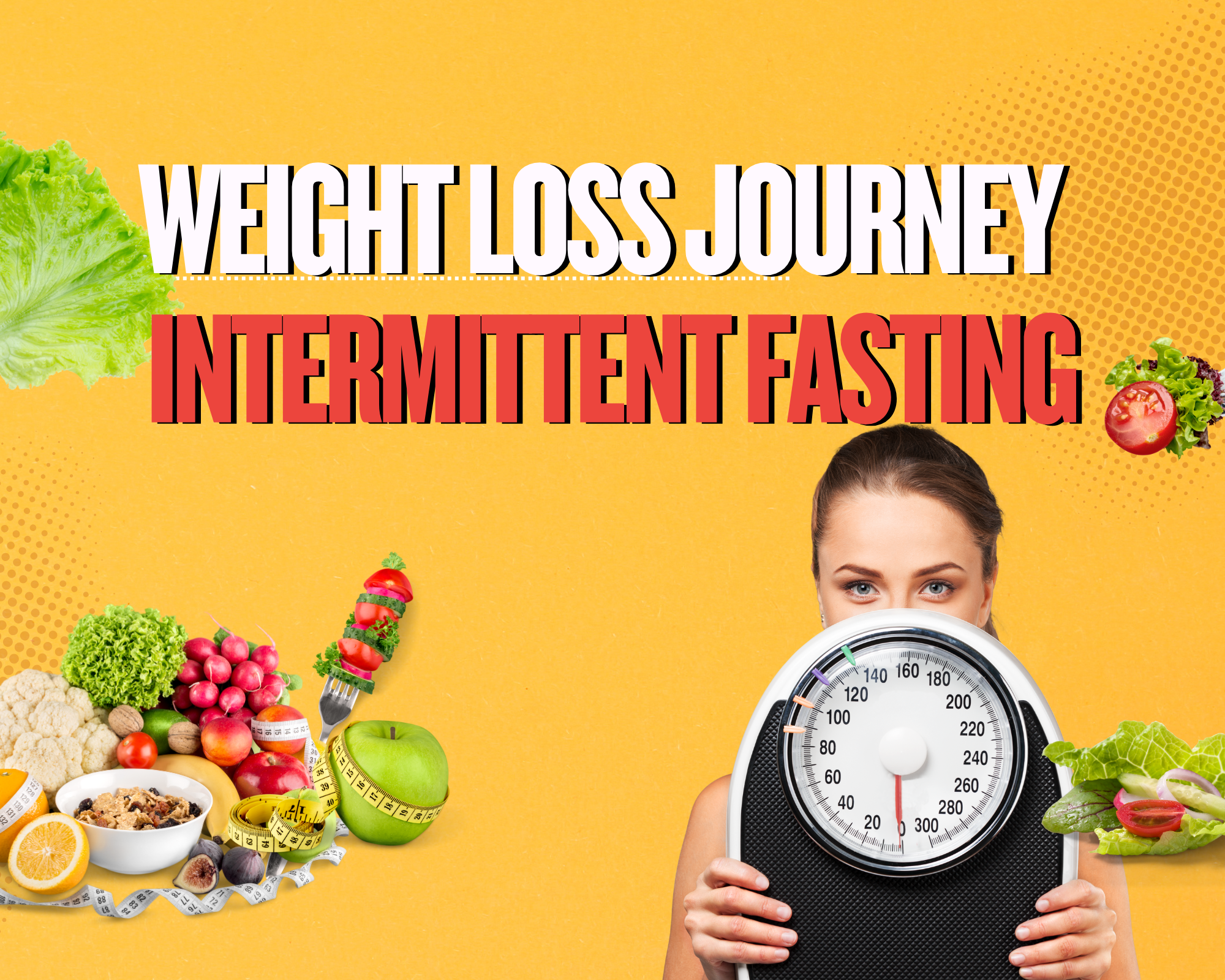Starting a weight loss journey can be tough, but it’s doable with the right plan. You might be curious about how to begin.
Adding intermittent fasting to your life can greatly improve your health and wellbeing.
Key Takeaways
- Intermittent fasting is a flexible and effective weight loss approach.
- It involves alternating periods of eating and fasting.
- This method can lead to significant weight loss and improved overall health.
- Intermittent fasting can be adapted to suit different lifestyles and preferences.
- It promotes a healthier relationship with food and eating habits.

Intermittent fasting is a well-liked way to reach your loss goals. It means switching between times when you eat and times when you don’t. This helps with effective weight management.
The Power of Intermittent Fasting for Weight Loss
Starting your weight loss journey? Learning about intermittent fasting can change the game. It’s not just a diet; it’s a lifestyle. You alternate between fasting or eating less and then eating freely. This method is popular for making weight loss easier and boosting health.
What Is Intermittent Fasting?
Intermittent fasting is a pattern of eating based on time limits. For a set time of hours or days, you eat a typical diet. At the end of the set time, you switch to very few or no calories, called fasting.
When practiced for health benefits, intermittent fasting can be done in different ways. Fasts can last hours or a full day.

How Fasting Creates a Metabolic Advantage
Fasting changes your body in ways that help with weight loss. First, your body uses up glucose, then starts burning fat for energy. This can lead to a lot of weight loss over time. Plus, fasting makes your body better at using insulin, lowering the risk of type 2 diabetes.
Also, fasting starts autophagy, a natural process where your body gets rid of damaged cells and proteins. This can make your cells healthier and help you live longer. This change is great for weight loss, making it healthier and more lasting.
Popular Intermittent Fasting Methods to Try
Intermittent fasting offers many techniques to fit your lifestyle. You can pick the method that meets your weight loss goals and daily routine.
The 16/8 Method: Beginner-Friendly Approach
The 16/8 method means fasting for 16 hours and eating in an 8-hour window. It’s great for beginners because it’s flexible. For example, skip breakfast and eat from noon to 8 PM. This method helps with weight loss by limiting your eating time and reducing calories.
The 5:2 Diet: Weekly Calorie Restriction
The 5:2 diet lets you eat normally for five days and limits calories to 500-600 on two days. This method is challenging but effective for weight loss. On fasting days, choose nutrient-rich foods. It’s perfect for those who can’t fast every day but can limit calories on specific days.
Eat-Stop-Eat: 24-Hour Fasting
Eat-Stop-Eat means fasting for 24 hours once or twice a week. It’s more challenging but great for your digestive system. You can drink water and non-caloric beverages during fasting. This method can lead to significant weight loss and better insulin sensitivity.
Alternate Day Fasting: Advanced Strategy
Alternate day fasting alternates between normal eating and fasting days. This method is advanced and needs careful planning to ensure enough nutrients on eating days. It can lead to substantial weight loss and better metabolic health.
| Method | Description | Weight Loss Potential |
|---|---|---|
| The 16/8 Method | Fast for 16 hours, eat within 8 hours | High |
| The 5:2 Diet | Normal eating for 5 days, calorie restriction for 2 days | High |
| Eat-Stop-Eat | 24-hour fasting once or twice a week | Very High |
| Alternate Day Fasting | Alternate between normal eating and fasting days | Very High |

Understanding these intermittent fasting methods helps you choose the best for your weight loss journey.
The Science Behind Weight Loss and Intermittent Fasting
Some people try intermitting fasting for weight management, and others use the method to address chronic conditions such as irritable bowel syndrome, high cholesterol or arthritis. But intermittent fasting isn’t for everyone.
Hormonal Changes That Promote Fat Burning
When you fast, your body’s hormones change to help burn fat. Norepinephrine, a hormone that speeds up your metabolism, goes up. Also, human growth hormone (HGH) increases, helping with fat loss and muscle gain. These changes help you lose weight.
“Fasting is the greatest stimulus for the release of certain hormones that are associated with longevity and weight loss.”
Metabolic Benefits for Long-Term Weight Management
Intermittent fasting helps you lose weight and keeps it off. It makes your body better at using fat for energy. This is key for keeping weight off over time.
| Metabolic Change | Benefit |
|---|---|
| Improved Insulin Sensitivity | Reduces risk of type 2 diabetes |
| Increased Fat Burning | Enhances weight loss |
| Enhanced Autophagy | Promotes cellular renewal |
Autophagy: Cellular Cleaning and Renewal
Intermittent fasting starts autophagy, a process where your body cleans and renews cells. This is important for your health and helps with weight loss.
Learning about intermittent fasting helps you see how it supports your health and weight loss.
Starting Your Intermittent Fasting Journey
Starting your intermittent fasting journey needs careful planning for long-term success. Before you begin, think about several key factors. These will shape your experience and results.
Choosing the Right Method for Your Lifestyle
First, pick an intermittent fasting method that suits your lifestyle. There are many options, like the 16/8 method, the 5:2 diet, and alternate day fasting. Choose one that matches your daily life and eating habits. Think about your schedule, food likes, and lifestyle when deciding.
Creating a Sustainable Fasting Schedule
After choosing a method, make a fasting schedule that you can keep up with. Plan your fasting and eating times in a way that works for you. Be honest about your commitments and make sure your schedule is flexible.
Only eating during a short window often means skipping breakfast or dinner. If those meals are important parts of your social life, then intermittent fasting may not work for you.
While intermittent fasting is safe for many people, it may not be a healthy pattern for people who:
- Have an eating disorder.
- Are pregnant or breastfeeding.
- Are at high risk of bone loss and falls.
If you’re thinking about intermittent fasting, talk to a healthcare professional about the pluses and minuses. Other eating patterns might work as well or better depending on your health goals.
Optimizing Your Eating Windows for Maximum Weight Loss
Intermittent fasting is all about what you eat when you can. Choosing the right foods is key to losing weight. It’s important for getting the most out of your fasting journey.
Nutrient-Dense Foods to Prioritize
Focus on nutrient-dense foods during your eating times. These foods give you important vitamins, minerals, and nutrients. Include:
- Lean proteins like chicken, fish, and tofu
- Vegetables such as leafy greens, broccoli, and bell peppers
- Fruits like berries, citrus fruits, and apples
- Whole grains including brown rice, quinoa, and whole wheat bread
- Healthy fats found in nuts, seeds, avocados, and olive oil
These foods are good for your health. They also keep you full and satisfied. This makes it easier to follow your intermittent fasting plan.
Foods to Limit or Avoid
Knowing what to eat is important. But, it’s also key to know what to avoid. Limit or avoid:
- Sugary drinks and foods high in added sugars
- Refined carbohydrates like white bread and sugary cereals
- Processed and high-sodium foods
- Unhealthy fats found in fried foods and processed snacks
Staying away from these foods can really help with weight loss. It makes your journey more effective.
Hydration and Permitted Beverages During Fasting
Drinking enough water is crucial, especially when fasting. You can have:
| Beverage | Benefits |
|---|---|
| Water | Essential for hydration, helps control hunger |
| Black Coffee | Can help suppress appetite, provides a caffeine boost |
| Unsweetened Tea | Variety of flavors, can aid in hydration and satiety |
Staying hydrated is key to successfully following your intermittent fasting plan.
Overcoming Common Challenges on Your Weight Loss Journey
Starting intermittent fasting can be tough. You might face many obstacles on your weight loss path. But, with the right strategies, you can beat these challenges and keep moving forward.
Managing Hunger and Cravings Effectively
Dealing with hunger and cravings is a big challenge at first. Eat nutrient-dense foods during your eating times. Choose foods rich in fiber and protein like lean meats, veggies, and whole grains to stay full. Drinking lots of water can also help reduce hunger.
Maintaining Social Life While Fasting
It can be hard to keep up with friends while fasting. But, it’s doable. Plan your eating times around social events or bring your own food. Tell your friends and family about your fasting schedule to get their support.
Adjusting to Energy Fluctuations
Some people feel tired or dizzy when starting fasting. Make sure you sleep well and drink plenty of water. If you’re feeling weak, try changing your fasting schedule or talk to a doctor. Drinking electrolyte-rich beverages during fasting can also boost your energy.
Breaking Through Weight Loss Plateaus
Plateaus can be really frustrating. But, they’re normal. To get past a plateau, try changing your fasting schedule or adding more variety to your diet. Keep track of your progress and make changes as needed to keep moving towards your goals.
Understanding and tackling these common challenges can make your weight loss journey with intermittent fasting more successful. Stay committed and don’t be afraid to ask for help when you need it.
Tracking Your Progress and Celebrating Milestones
Staying motivated on your weight loss journey is key. You need to track your progress and celebrate your wins. As you stick to your intermittent fasting plan, watching your achievements will keep you motivated and help you make changes when needed.
Setting Realistic Weight Loss Goals
Setting goals that you can reach is important for losing weight. Aim to lose 1-2 pounds each week for a steady weight loss. This way, you stay motivated and keep moving towards your goals. Realistic goals also prevent frustration and help you stick with your fasting plan.
Measuring Success Beyond the Scale
The scale is useful, but it’s not everything. Notice how your clothes fit, your energy, and how you feel overall. Non-scale victories like better blood work, digestion, and mental clarity show your fasting is working.
When and How to Adjust Your Approach
If you hit a plateau, it’s time to rethink your plan. You might need to change your fasting schedule, what you eat during eating times, or add more exercise. Flexibility is crucial to get past plateaus and keep moving forward.
Success Stories to Inspire Your Journey
Many people have lost a lot of weight and improved their health with intermittent fasting. For example, Sarah lost 20 pounds in 3 months with the 16/8 method and regular exercise. These success stories can really motivate you, showing the benefits of sticking to your fasting plan.
Safety Considerations and Who Should Avoid Intermittent Fasting
Intermittent fasting can help with weight loss, but safety is key. Some people should be careful or not try it at all.
Medical Conditions That May Conflict with Fasting
Some health issues make fasting risky. These include:
- Diabetes, especially if you’re on medication
- Pregnancy or breastfeeding, as it can harm the baby
- A history of eating disorders, as fasting can worsen them
- Certain heart conditions, like heart disease or arrhythmias
Signs That Intermittent Fasting Isn’t Right for You
Some symptoms mean fasting might not be for you:
- Persistent fatigue or dizziness
- Severe hunger or cravings that are hard to handle
- Nausea or vomiting
- Significant loss of muscle mass
When to Consult a Healthcare Professional
Always talk to a doctor before starting a new diet or fasting plan. This is crucial if you have health issues. They can check if fasting is safe for you and guide you on how to do it right.
Knowing these safety tips helps you lose weight safely with intermittent fasting.
Conclusion: Sustaining Your Weight Loss Success
As you keep going on your intermittent fasting journey, it’s key to keep your weight loss going. This means sticking to healthy habits and strategies for a long time. These help you feel good overall.
Adding intermittent fasting to your life is a big step towards your weight loss goals. To keep moving forward, eat nutrient-rich foods when you can and drink plenty of water when you can’t.
Tracking your progress and tweaking your plan as needed is also important. Listen to how your body reacts to fasting. If you notice any bad effects, change your fasting schedule or what you eat.
With a balanced diet and a steady fasting routine, you’re on the path to keeping your weight loss going. You’ll enjoy a healthier, more balanced life.
FAQ
What is intermittent fasting, and how does it aid in weight loss?
Intermittent fasting means eating in cycles. You fast or eat fewer calories for a time, then eat freely. It helps with weight loss by boosting metabolism, improving insulin use, and burning more fat.
Is intermittent fasting suitable for everyone, or are there certain individuals who should avoid it?
Intermittent fasting works for many, but not everyone. People with diabetes, eating disorders, or malnutrition should avoid it. Pregnant or breastfeeding women should talk to a doctor before starting.
How do I choose the right intermittent fasting method for my lifestyle?
Choosing the right method depends on your life and goals. Popular options include 16/8, 5:2, Eat-Stop-Eat, and alternate day fasting. Pick one that fits your daily life.
What are some common challenges associated with intermittent fasting, and how can I overcome them?
Challenges include hunger, social life, and energy changes. To manage, drink water, plan meals, and adjust your fasting as needed.




